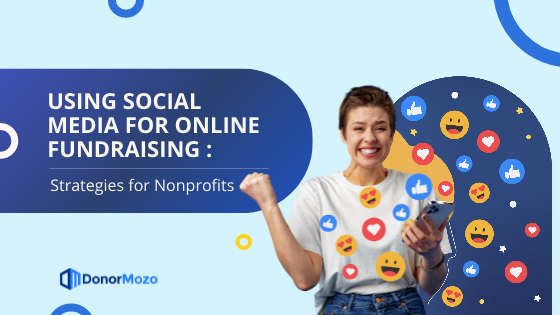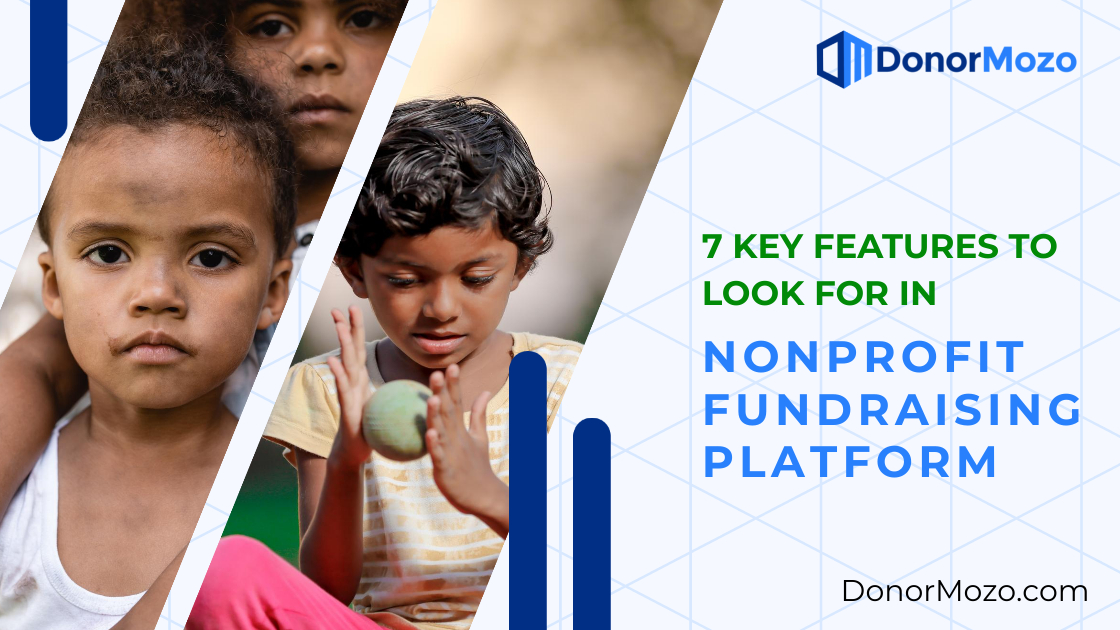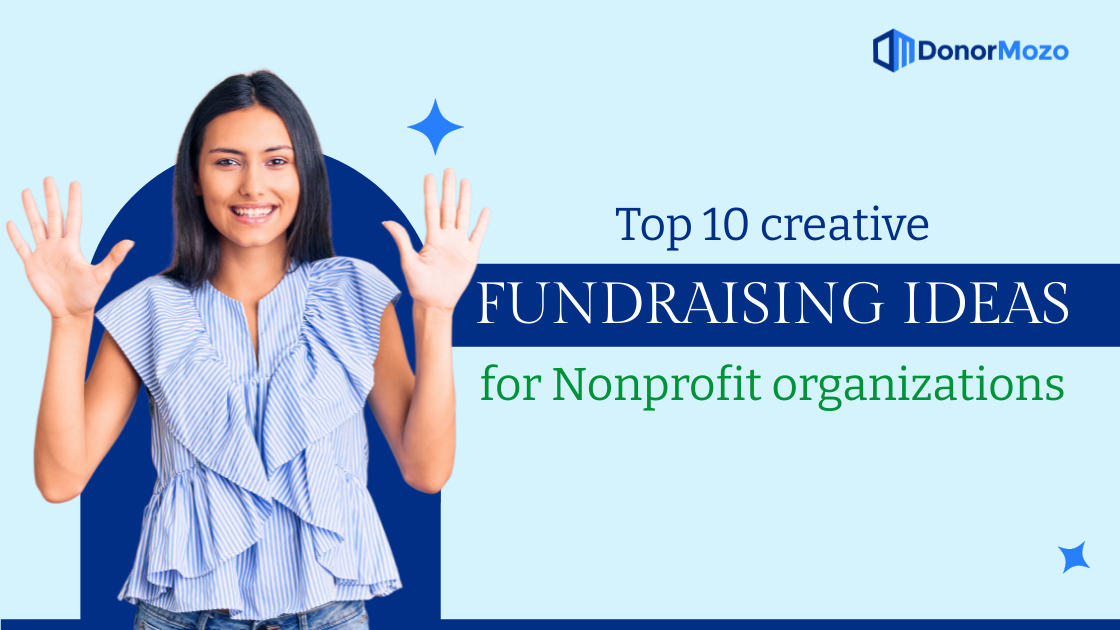- Home
- Non-Profits
- Using Social Media for Online Fundraising: Strategies for Nonprofits
Using Social Media for Online Fundraising: Strategies for Nonprofits
- DonorMozo editor
- 06 Apr 23

Social media has revolutionized the way nonprofits fundraise, engage donors, and spread awareness. With millions of active users on various social media platforms, nonprofits can now reach a broader audience with their message, resulting in more support and funding. However, simply being present on social media is not enough. Nonprofits must develop and implement effective social media fundraising strategies to maximize their potential impact.
Here are some strategies for using social media to fundraise for nonprofits:
- Identify Your Goals and Audience
Before creating any social media fundraising campaigns, nonprofits must identify their goals and audience. Goals may include raising a certain amount of money, increasing donor engagement, or expanding brand awareness. Once goals are defined, nonprofits should identify their target audience. This includes demographics such as age, gender, location, and interests.
Knowing your goals and audience is crucial in crafting effective fundraising campaigns. It allows you to tailor your message and target specific groups of people who are more likely to donate.
- Create Compelling Content
Social media is a highly visual platform, and nonprofits must create compelling content to grab their audience’s attention. This includes visually appealing images, graphics, and videos that showcase their mission, impact, and successes. Nonprofits should also create engaging captions that communicate their message in a concise and persuasive manner.
Additionally, nonprofits can leverage storytelling to connect emotionally with their audience. Sharing stories of the people or communities they serve and how donations make a difference can motivate people to give.
- Social Paid Ads
Non-profits can share and promote campaigns with their target audience through social media channels. Online fundraising platforms such as DonorMozo.com allows non-profits to create mobile-friendly campaign pages with compelling stories, which non-profit can share through social media to connect with the target audience.
Non-profit can run social paid ads to promote these campaign pages on donormozo.com to reach and connect the target audience with their cause.
- Engage with Donors
Engaging with donors on social media is crucial for building relationships and encouraging repeat donations. Nonprofits should respond to comments and messages promptly, thank donors publicly, and share updates on their progress.
Additionally, nonprofits can create exclusive content for their donors, such as behind-the-scenes footage, sneak peeks, or personalized thank-you messages. This creates a sense of community and encourages donors to stay engaged and connected with the organization.
- Collaborate with Influencers
Influencers are social media users with a large following who can promote your organization and fundraising campaigns to their followers. Collaborating with influencers can significantly expand your reach and bring in new donors.
Nonprofits should identify influencers who align with their mission and values and reach out to them to discuss potential collaborations. These collaborations may include sponsored posts, takeovers, or fundraising challenges.
- Utilize Peer-to-Peer Fundraising
Peer-to-peer fundraising is a method of fundraising where supporters create their own fundraising pages and share them with their friends and family. Nonprofits can leverage social media to encourage peer-to-peer fundraising by providing supporters with tools and resources to create their pages and share them on the organization’s social media platforms.
Peer-to-peer fundraising not only raises more funds but also increases awareness of the organization and its mission. Non-profits can leverage DonorMozo.com’s peer-to-peer fundraising feature in their advantage to raise more funds.
- Use Data and Analytics
Data and analytics are essential in measuring the success of social media fundraising campaigns. Nonprofits should track metrics such as engagement, reach, conversion rates, and ROI to evaluate the effectiveness of their campaigns.
This data can be used to refine future campaigns and tailor them to better reach their target audience.
In conclusion, social media provides nonprofits with a powerful tool to fundraise, engage donors, and spread awareness. By following these strategies, nonprofits can maximize the potential of social media and raise more funds to support their mission. However, it’s important to note that social media fundraising is not a one-time event but a continuous process that requires consistent effort and creativity.
Nonprofits must also prioritize building trust and transparency with their donors. Donors want to know how their contributions are being used and the impact they’re making. Nonprofits should regularly share updates on their progress, successes, and challenges, and demonstrate accountability and good stewardship of donor funds.
Lastly, nonprofits should not rely solely on social media for fundraising but should also explore other channels such as email, direct mail, events, and partnerships. A diversified fundraising strategy and nonprofit fundraising platform increase the likelihood of reaching a wider audience and raising more funds.
In summary, social media is a powerful tool for nonprofit fundraising, but it requires intentional strategy, compelling content, and consistent engagement with donors. By following these strategies and staying focused on their mission and values, nonprofits can make a significant impact in their communities and beyond.
Subscribe to our Newsletter
Subscribe for latest Non-profits, Political and Temple Related Updates.



